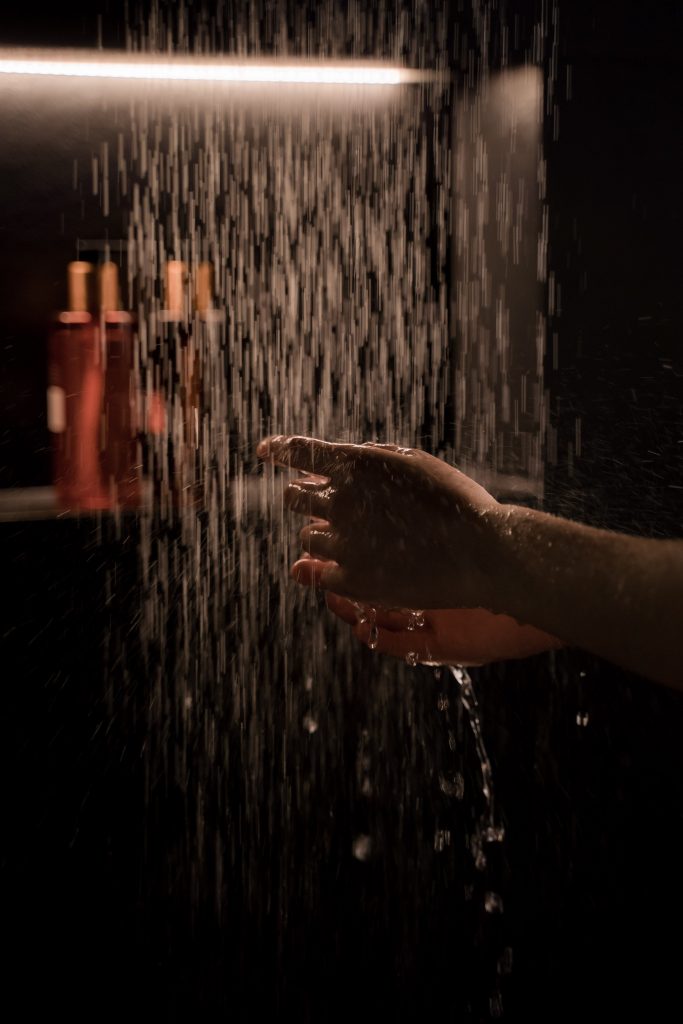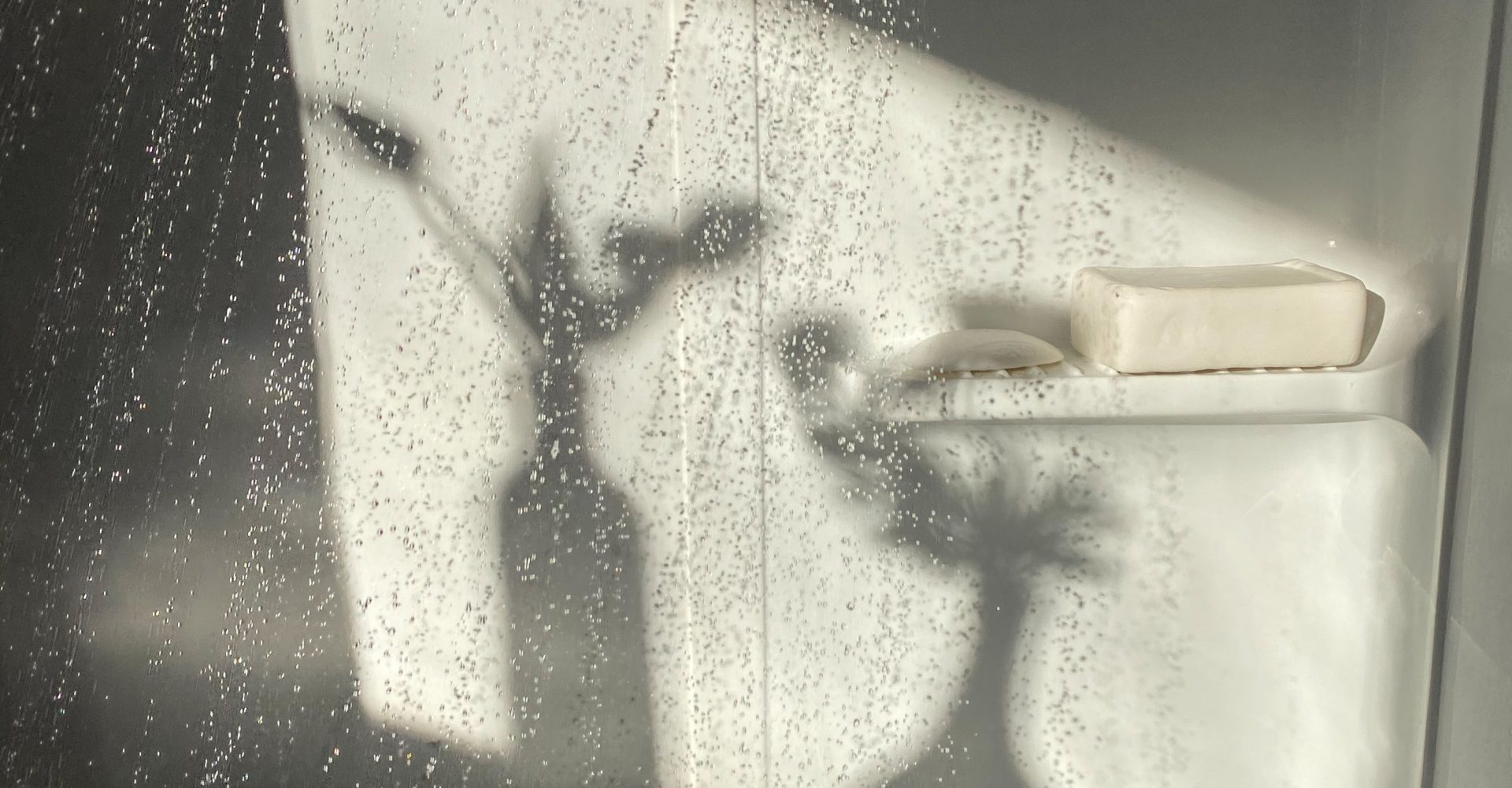In the vibrant homes of Australia, where style meets functionality, the importance of a waterproof bathroom cannot be overstated. With the diverse climate and environmental conditions across the continent, ensuring your bathroom stands up to the test of time is crucial. The significance of waterproofing is examined, common issues such as leaky showers are covered, and advice tailored to Australian homeowners looking to extend the life and enhance the appearance of their bathrooms is provided.
Chapter 1: The Australian Challenge

Australia’s climate, characterised by a range of conditions from arid to tropical, poses a unique challenge for homeowners. Bathrooms, being high-moisture areas, require special attention to prevent water damage. A watertight bathroom is not an extravagance; it is essential for safeguarding your house against leaks and any moisture-related structural damage.
Chapter 2: The Leaky Shower Dilemma
Leaky showers are a prevalent issue in Australian homes, often stemming from inadequate waterproofing. Whether due to subpar construction, ageing materials, or poor installation, a leaky shower can lead to extensive water damage, mould growth, and compromised structural integrity. You must solve this problem right away if you want to stop more damage and extend the life of your bathroom.
Chapter 3: The Waterproofing Solution
Investing in professional waterproofing solutions is the key to ensuring the longevity and durability of your bathroom. Australian homeowners should consider engaging certified waterproofing specialists who understand the unique challenges posed by the local climate. Good waterproofing materials and careful installation are necessary to provide a stable barrier against moisture penetration.
Chapter 4: Australian Standards for Waterproofing
In Australia, there are stringent standards and regulations for waterproofing to ensure the safety and structural integrity of homes. Homeowners should prioritise compliance with these standards when undertaking bathroom renovations or new construction. You may rest easy knowing that your bathroom won’t leak again because this meets all industry requirements.
Chapter 5: Signs of Shower Leak
Understanding the signs of a shower leak is crucial for homeowners. Wet walls, flaking paint or wallpaper, the spread of mould, and musty odours are common signs. Addressing these signs promptly can prevent further damage and the need for costly repairs. It takes regular upkeep and inspections to keep your bathroom’s waterproofing intact.
Chapter 6: Tailoring Waterproofing Solutions to Australian Homes
Australian homes come in various architectural styles, each with its own unique challenges and opportunities. When it comes to waterproofing, a tailored approach is essential. Professionals should consider specific environmental factors, such as humidity levels and temperature variations, to implement solutions that withstand the test of time.
Chapter 7: DIY vs. Professional Waterproofing
While there are numerous DIY waterproofing products available, opting for professional services is often the wisest choice. Professional waterproofing ensures that the job is done right the first time, minimising the risk of future leaks and water damage. DIY solutions may provide a temporary fix but often fall short of the long-term protection needed for Australian bathrooms.
Conclusion: Future-Proofing Your Bathroom
In the dynamic landscape of Australian home ownership, prioritising the waterproofing of your bathroom is an investment in the longevity and value of your property. Whether you’re dealing with a leaky shower or planning a new bathroom construction, taking a proactive approach to waterproofing is essential. By adhering to Australian standards, engaging professional services, and staying vigilant for signs of water damage, homeowners can enjoy bathrooms that not only reflect their style but also withstand the challenges of the Australian climate. Seal the deal with waterproofing, and let your bathroom stand as a testament to durability, functionality, and enduring style.
